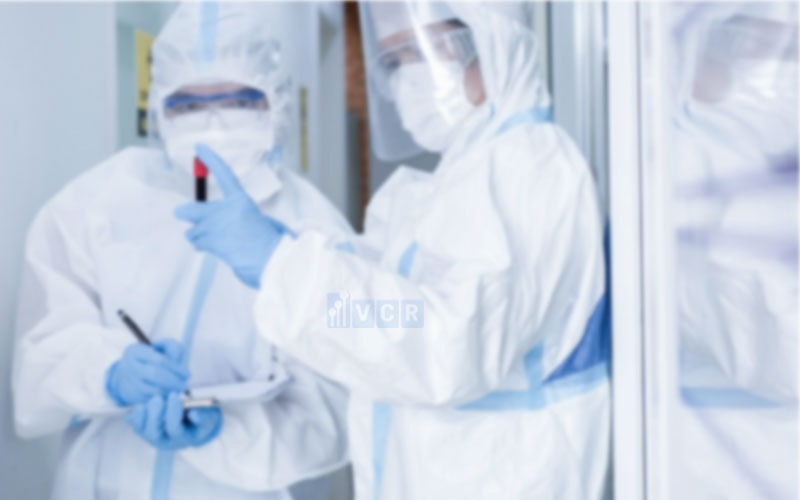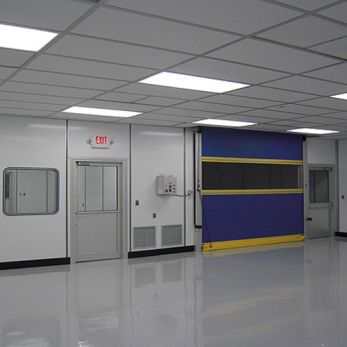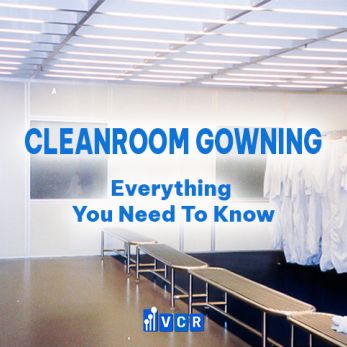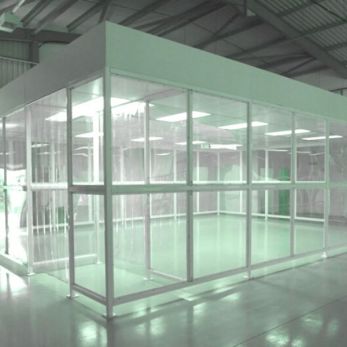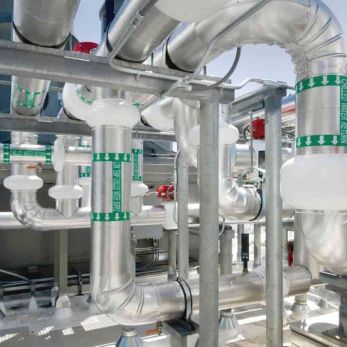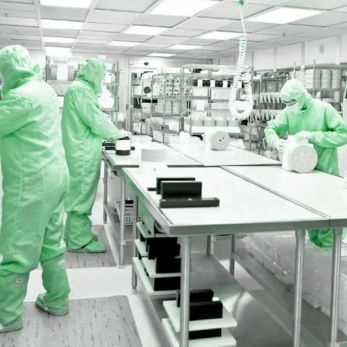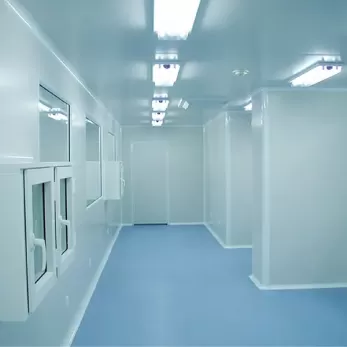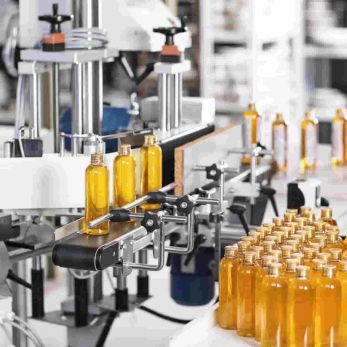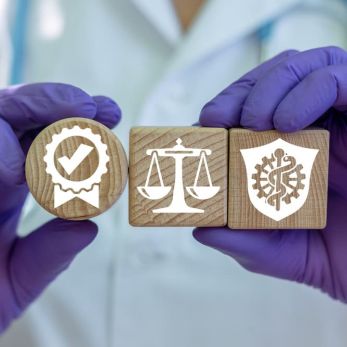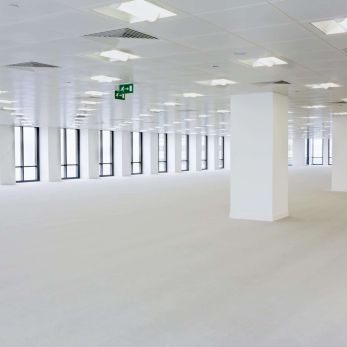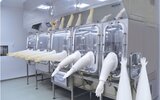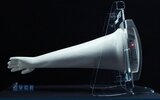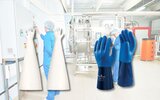Biocontamination control of clean rooms
Preventing, detecting, and eliminating cleanroom contamination from bacteria, viruses, and particles is a never-ending battle. This battle must be fought consistently and methodically, especially in controlled environments for pharmacies, hospital labs,
Preventing, detecting, and eliminating cleanroom contamination from bacteria, viruses, and particles is a never-ending battle. This battle must be fought consistently and methodically, especially in controlled environments for pharmacies, hospital labs, biomedical manufacturing, etc.
Consistent microbial contamination control not only protects personnel but also reduces the risk of product recalls affecting the reputation of businesses. So how will microbial contamination be controlled in cleanrooms? Let's find out with VCR through the article below!
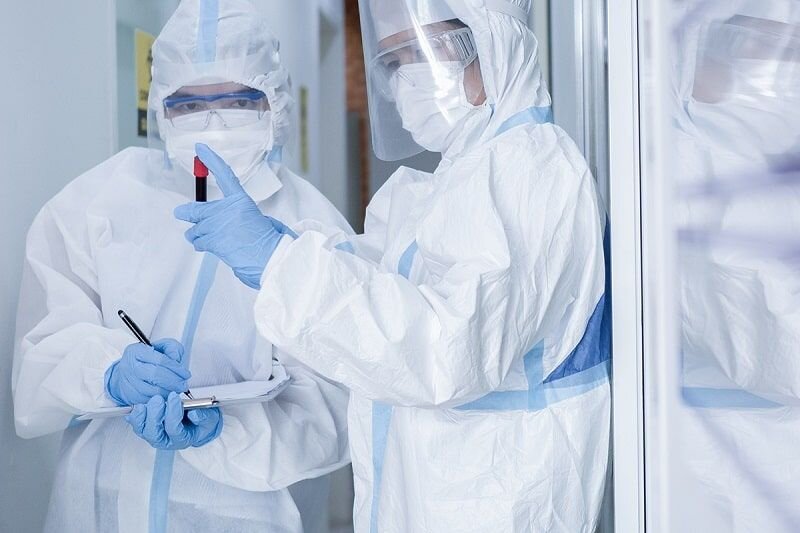
Cleanroom classification
Depending on the product, the activities in the cleanroom, we will classify different levels of cleanliness. Each cleanroom has a different cleanliness level with regard to the number of particles.
Class 100 (ISO 5) is a critical, highly clean, and highly controlled environment. The main contents of keeping this cleanroom level are as follows:
- All the air must pass through a HEPA filter terminal box or other filtration devices such as FFU. This filters the air and removes most of the particles that circulate into controlled areas.
- Most clean environments usually use positive pressure to prevent the air outside from entering when the door is opened. The positive pressure inside will ensure the airflow goes outside when there is a gap.
- People, equipment, objects, and items used in cleanrooms are the biggest source of microbial contamination. It is very important to clean the above objects before they are introduced into a Class 100 environment.
- Class 10,000 and Class 100,000 cleanrooms are less stringent, allowing more particles per cubic foot of air, but we still need to be vigilant about microbial contamination in healthcare-related settings.
Cleanroom biocontamination control
Bacterial removal requires persistence throughout the lifecycle of cleanroom processes. There are many regulations from cleanroom design to cleanroom operating procedures and cleaning procedures, thus cleanroom staff must be trained and monitored for compliance.
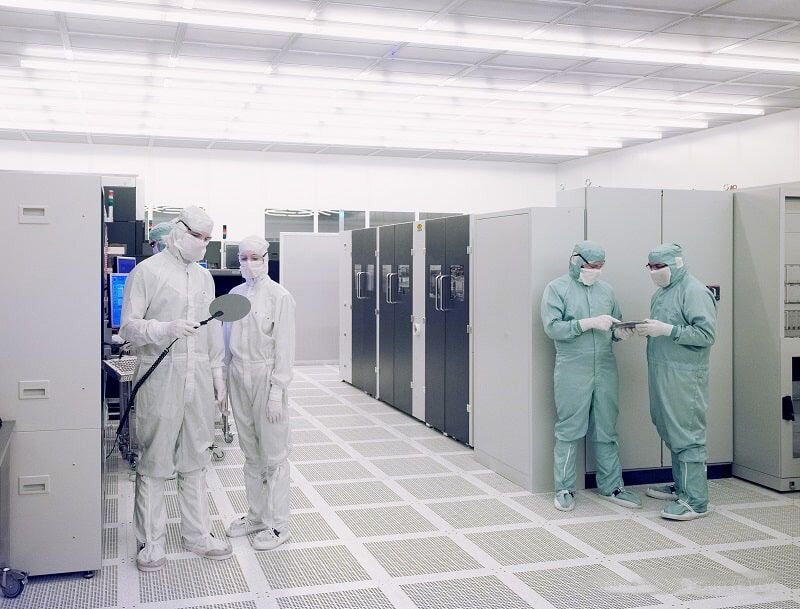
Removing or killing micro-organisms from cleanrooms is very complicated because the microorganisms themselves are unpredictable. Microorganisms are non-living organisms, but after many years of inactivity can still become dangerous under the right conditions. Microorganisms can continue to survive in the harshest environments and resist disinfectants and cleaning agents.
The diversity of organisms is why the pharmaceutical cleanroom cleaning process checklist is recommended using a wide range of cleanroom chemicals and rotating chemicals for periodic cleaning cycles.
Cleanroom contamination sources
Identifying where contamination can enter is the first line of defense so you can not only minimize invasive microbial contamination but also tells you where to watch for the best detection. You will need to follow the cleanroom cleaning process instructions to learn how to identify the sources of cleanroom contamination.
Microbial contamination control
Following aseptic techniques is the best way to prevent the entry or cross-contamination of organisms, dirt, lint, and other contaminants that jeopardize the safety of preventive products. The basic concept of this process is to minimize or eliminate the contact between sterile and non-sterile elements. Laminar flow is used to ensure only filtered air comes into contact with anything involved in making the final product.
It is important to maintain cleanroom air quality and other contamination pathways such as non-sterile materials, equipment, or clothing that come into contact with sterile elements. This requires proper standard operating procedures as well as special training. The second line of defense is monitoring how well the protocols are followed.
Contamination reduction process in cleanroom
Reducing contamination
- Check the quality and sterility of raw materials
- Proper construction and maintenance of positive pressure and filtration systems
- Only trained personnel could enter the cleanroom. The number is limited as even trained personnel pose the greatest risk of cleanroom contamination.
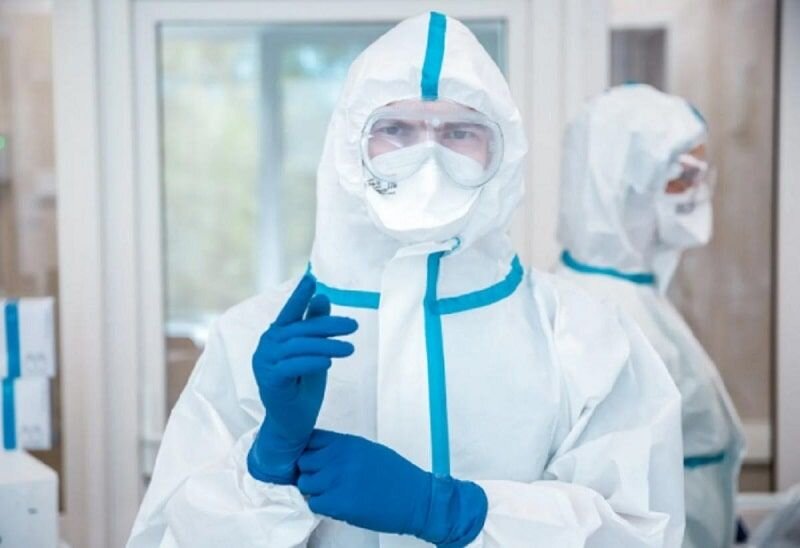
- Strictly follow rules for the contact of sterile items with non-sterile items including the use of all appropriate sterile equipment and clothing. The following are general guidelines for clothing for cleanroom contamination control (the order of wear is determined by the cleanroom SOP):
- Sterile gloves: After washing hands and arms thoroughly and cleaning nails with antibacterial soap, pat dry with a sterile towel. Carefully wear sterile gloves according to the manufacturer's procedures to maintain sterility.
- Mask: Cover the nose and mouth completely and adjust the mask to fit. Wear a beard guard if needed.
- Carefully remove the cover from the protective packaging to ensure that the cover does not come into contact with other objects including the floor. Step into the frame of the suit and then insert the arms.
- Disposable shoe covers: Cover shoes with covers that pull them over overalls.
- Goggles: Use disposable or properly autoclaved goggles to ensure a snug fit on the face.
- Second set of sterile gloves: Carefully put on the second set of sterile gloves to make sure they fit the sleeve of the jacket.
- Minimize the possibility of contamination escaping your activities
- Regular maintenance of the structure, equipment of the clean room.
Monitoring contamination
- Monitor controlled areas to detect missed cleaning procedures and inappropriate clothing and other contamination.
- Continuous monitoring of all air filters, filtration devices, and airflow pattern
- Periodically re-evaluate the cleanroom
Eliminating contamination
- Regularly clean the facility using the cleanroom cleaning solutions according to cleaning procedures that are required to be followed precisely and carefully monitored. This makes it easier to control contamination in the cleanroom.
- Clean according to your standard operating procedure (SOP) with appropriate cleanroom wipes, lint-free rags, and specialized tools such as isolator cleaners
Vietnam Cleanroom Equipment (VCR) specializes in providing cleanroom equipment for construction contractors. We provide high-quality products with competitive prices and large quantities nationwide. The equipment includes:
Differential pressure gauge, FFU Fan Filter Unit, Pass box, Clean room air filter, HEPA box, Clean booth, cleanroom steel door, Isolator cabinet, and other equipment
For details, please refer to Vietnam cleanroom equipment official website






